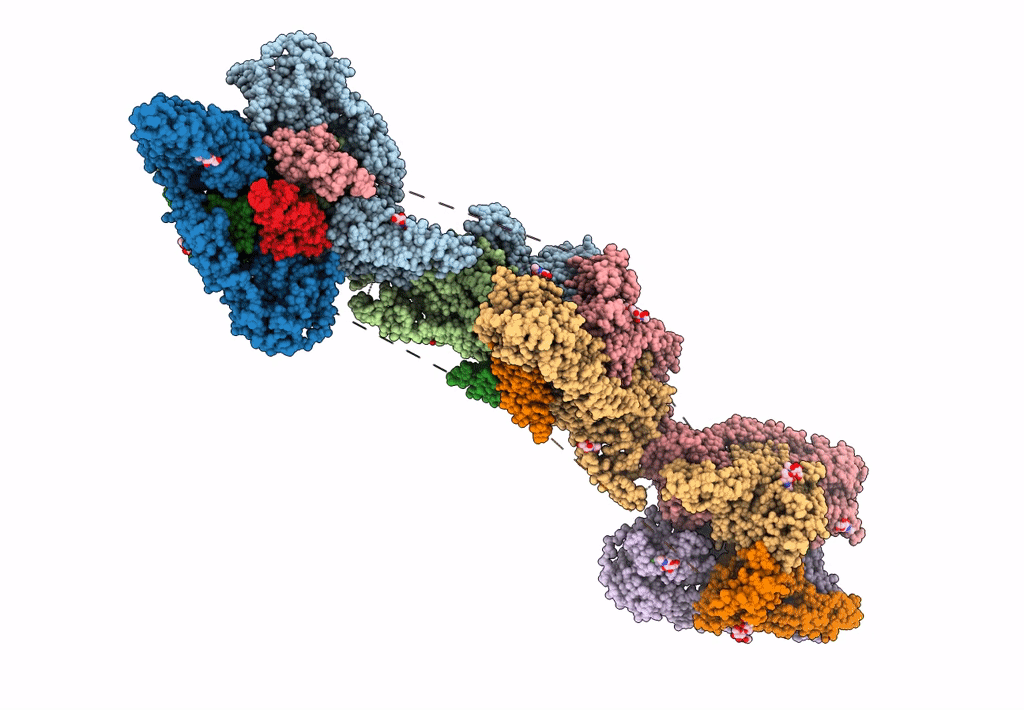
Deposition Date
2020-08-21
Release Date
2020-10-21
Last Version Date
2024-11-06
Method Details:
Experimental Method:
Resolution:
2.95 Å
Aggregation State:
PARTICLE
Reconstruction Method:
SINGLE PARTICLE


